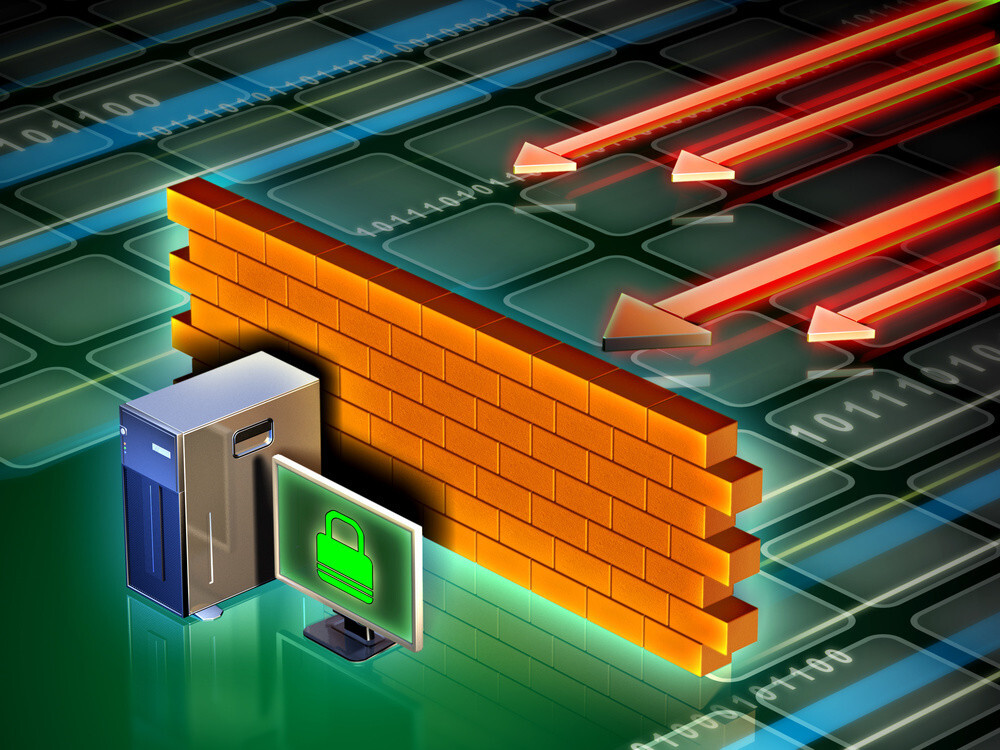Table of Contents
Smart Technology Investments
Businesses nowadays are reliant on technology. Most of them would be happy if they could get a good return from their investment in the form of productivity gains, cost savings, or simply just better customer service. But how do you know which technologies will work for your business? And what is the best way to invest in these technologies? Let’s look at some smart technology investments that every company should be making.

1. Cloud Computing
Cloud computing has become one of the hottest trends in technology today. It allows companies to outsource all their IT needs to third-party vendors who provide storage space on remote servers via the Internet. This enables companies to save money while allowing access to more resources, such as applications, data, and other services. There are many different types of cloud solutions, such as private clouds, public clouds, hybrid clouds, etc. Each type offers its own set of advantages and disadvantages.
2. Cloud Services
Cloud services are another one of those technologies that many SMBs don’t invest in. However, cloud computing has proven itself to be extremely useful for SMBs. For example, it allows them to access files remotely via the internet instead of storing everything locally on their computers. This means that employees no longer need to carry around bulky hard drives or flash drives. Instead, they can log into the company’s website and access all their files. Another advantage of cloud services is that they allow companies to share documents, spreadsheets, presentations, images, videos, etc., with other people within the organization. This makes collaboration more accessible than ever before.

3. AI Security Platforms
Hackers are becoming bolder and more sophisticated with each passing day. They constantly find new ways to exploit vulnerabilities in software and hardware systems. As a result, organizations must have an effective security system in place. Fortunately, several AI-based security platforms, like SentinelOne, are available now that can help organizations protect themselves against cyber attacks. These include:
• Machine Learning-Based Malware Detection System – This platform uses machine learning techniques to detect malware. The system learns from past incidents and patterns to identify malicious activity and block threats before reaching the organization’s network.
• Botnet Detection & Prevention System – The botnet detection system detects suspicious traffic and blocks any attempts by hackers to use bots to attack the organization’s networks.
• Web Application Firewall (WAF) – A WAF protects websites against common web application attacks such as SQL injection, cross-site scripting, session fixation, etc.

4. Upgrading Systems
One of the biggest mistakes that SMBs make when investing in technology is not upgrading their existing systems. While it may seem like a daunting task, it doesn’t have to be! There are plenty of online tools that can help you upgrade your computer systems without hiring a professional. Some of the popular ones include:
• Windows 10 Upgrade Advisor – This tool helps users determine whether their current operating system is compatible with Windows 11. If it isn’t, it recommends the best version of Windows 10 compatible with their PC.
• Mac OS Update Checker – Similar to the Windows 10 Upgrade Advisor, this tool checks to see if your Mac is compatible with macOS Catalina. If it isn’t, it suggests the best version of the macOS that is compatible with your Mac.
5. Mobile Devices
Mobile devices have become indispensable in our daily lives. We rely heavily on smartphones and tablets to communicate, keep up with friends and family, shop, watch movies, play games, etc. Unfortunately, hackers often target these mobile devices because they contain valuable information such as banking credentials, usernames, passwords, credit card numbers, social media accounts, etc. Hackers will try to steal sensitive data using phishing emails or text messages to prevent identity theft. To avoid falling victim to these scams, updating your mobile device’s operating system regularly is essential. You can visit the Apple App Store or Google Play store and download the latest updates. You’ll also want to use #6:
6. Mobile Device Management (MDM) Software
SMBs typically purchase MDM software to help manage their employees’ mobile devices. The most common features include:
• Remotely locking down phones when they leave work
• Removing apps that aren’t approved by management
• Monitoring employee usage habits
• Restricting access to certain websites

7. Video Conferencing
Video conferencing allows people all around the world to connect virtually. This means that you can hold meetings with clients, colleagues, partners, and customers while staying at home or traveling. A video conference technology solution isn’t just for large corporations; it can also benefit SMBs. For example, you could host virtual training sessions for your team members, provide remote support for your customers, or conduct sales presentations from anywhere.
8. Voice Over IP (VoIP) Phone System
Voice over Internet Protocol (VoIP) telephone systems provide a flexible alternative to traditional landline telephones. VoIP is widely used today because it offers many of the same functions as traditional PBX systems but uses less bandwidth, fewer lines, and costs about 80% less to use.
Wrapping Up
With the right innovative and smart technology investments, SMBs can transform themselves into thriving enterprises. By using technology to solve problems, you’ll find yourself with less downtime and more productivity. Furthermore, the right tech investment plan can increase profits, improve customer service, and create new revenue streams. So what are you waiting for? Start investing now!




Recent Comments